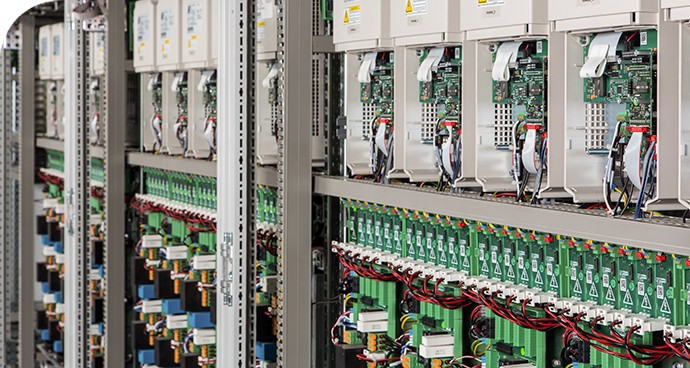Software-Defined Battery Test Lab
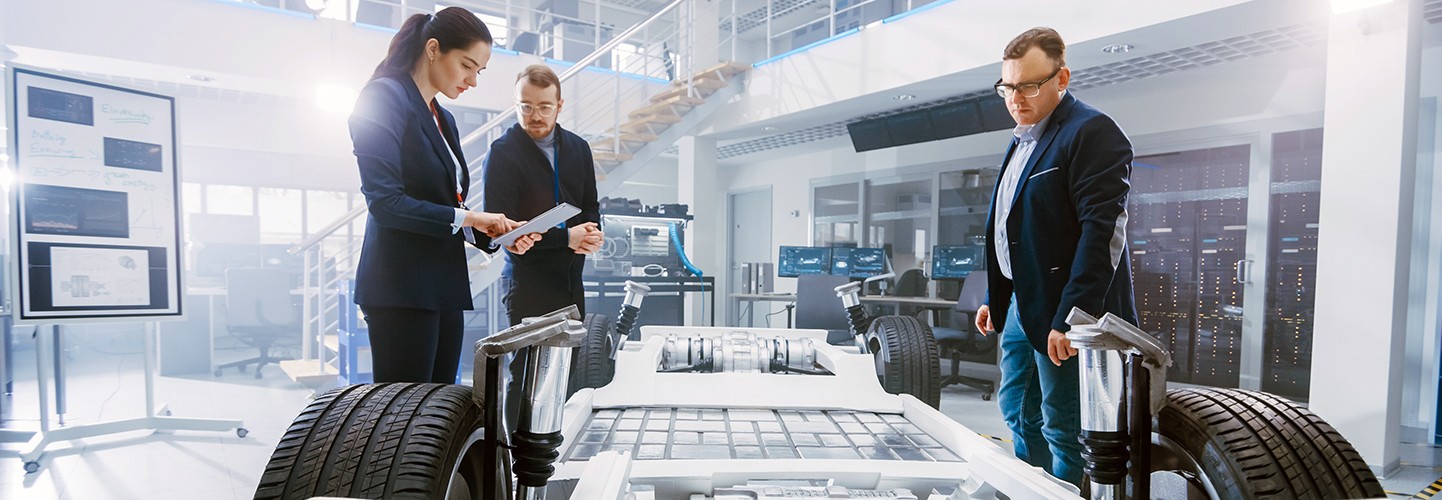
Modernize and Future-Proof Your Battery Testing
EV battery labs are more than test facilities. They are complex networks of systems used to ensure uncompromising battery pack performance and safety. As EV adoption grows and manufacturers grow their operations, managing these labs is a constant challenge. Given the impact on quality, profits, environmental footprint, and time-to-market, holding the lab captive to traditional and inflexible solutions is an unacceptable liability. Open, flexible, and complete solutions are critical to set your lab up for success. Enter the modern battery lab.

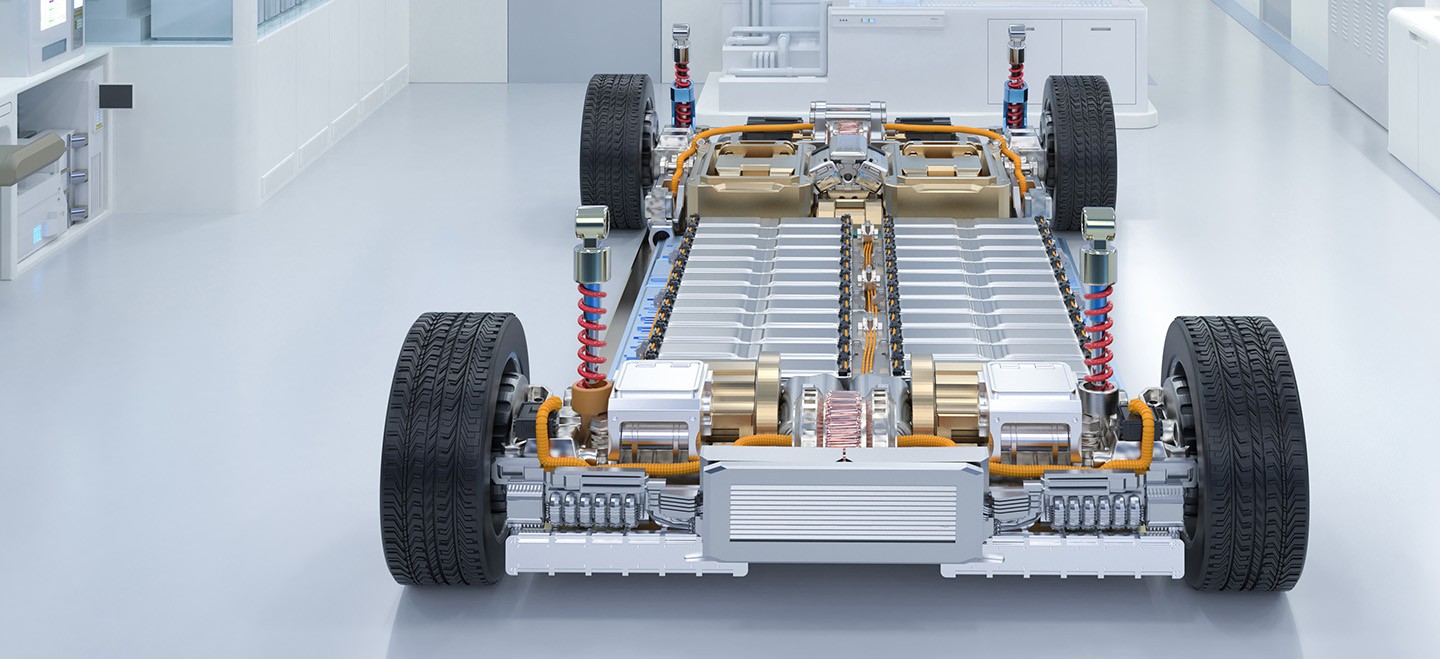
NI Commitment
Software-Connected Approach for Battery Lab
NI solutions are used at 80+ OEMs and Tier 1 suppliers with more than 20,000 battery test channels installed. Through open connectivity, robust data platforms, and asset and power-management capabilities, NI is committed to returning control to engineering teams to optimize operations, speed up development, and extract insights.
We get the openness to integrate existing assets and proprietary protocols, so we can maximize reusability of our existing equipment and speed up test.
Henrik Rudelius
Director, Validation and Simulation, Battery Systems
Northvolt
Solving the Challenges of the Typical Battery Validation Lab with the Modern Lab
The fundamental components of a battery validation lab include the cyclers to inject and draw power from the batteries, the measurement and instrumentation equipment, the chamber to ensure environmental and/or safety conditions over the test, and the software that runs the whole test cell.
All these components are already commercially available, include software interfaces, return some sort of data, and can be integrated—at the right cost—to operate together and perform the test on the batteries. Such lab setup is entirely possible, albeit fragmented, but brings challenges such as:
Inconsistent data storage practices
Manual asset management
Inconsistent software approach
Too many instrument and system types
Limited automation
Inconsistent test methodologies
The real problem though, comes in the form of limited product insight, high engineering costs, and slower development time. The consequences of these challenges vary from case to case depending on the engineering resources available or the level of investment possible. Another factor is the risk-tolerance to a “test enough” approach in which all regulations and requirements are met, but there are no extended efforts to optimize the battery performance and the test operations. In summary, individual companies will have to find a reason to want to change their test and lab setup approach in line with the potential consequences of inaction.
Just like a typical lab setup could be sufficient for a given company (although we do not see that often), optimization may mean different things for different battery suppliers and OEMs. We can make the safe assumption that there’s always something to optimize and improve, but there’s no single way of modernizing a battery lab. How do we go about optimization when so many things could be optimized?
The answer: the software-defined battery lab.
A comprehensive set of features like flexibility, openness, scalability, and deterministic hardware synchronization are required to successfully build a modern battery lab. All these features depend on a software- and data-centric approach to the lab.
Figure 1: Software must enable the flow of data and commands to close the cycle from running the test, running the lab, and improving the product being tested.
Optimizing in the Battery Test Lab
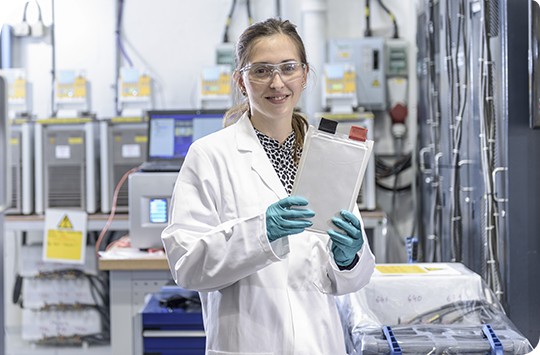
As consumer demand for EVs continues to rise, scaling the battery test lab presents new challenges for engineering teams.
Northvolt’s Greenest Battery
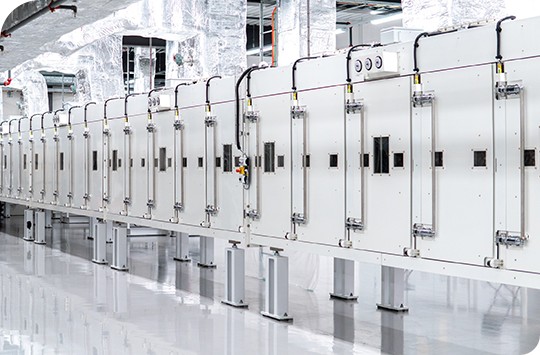
Northvolt’s engineers use NI’s battery test solutions in their mission to make the world’s greenest battery. Learn more about how they keep openness on their test labs and use data to improve upon their test and manufacturing processes.

